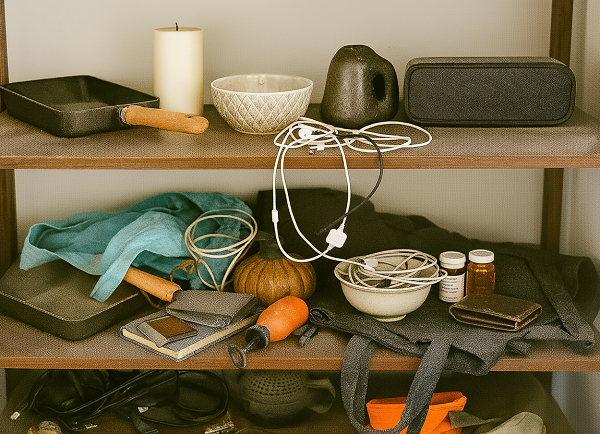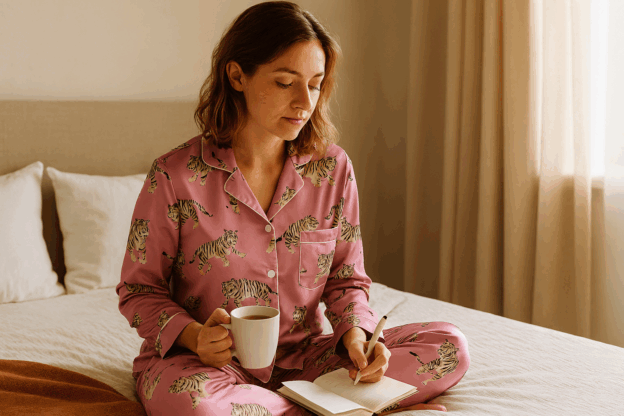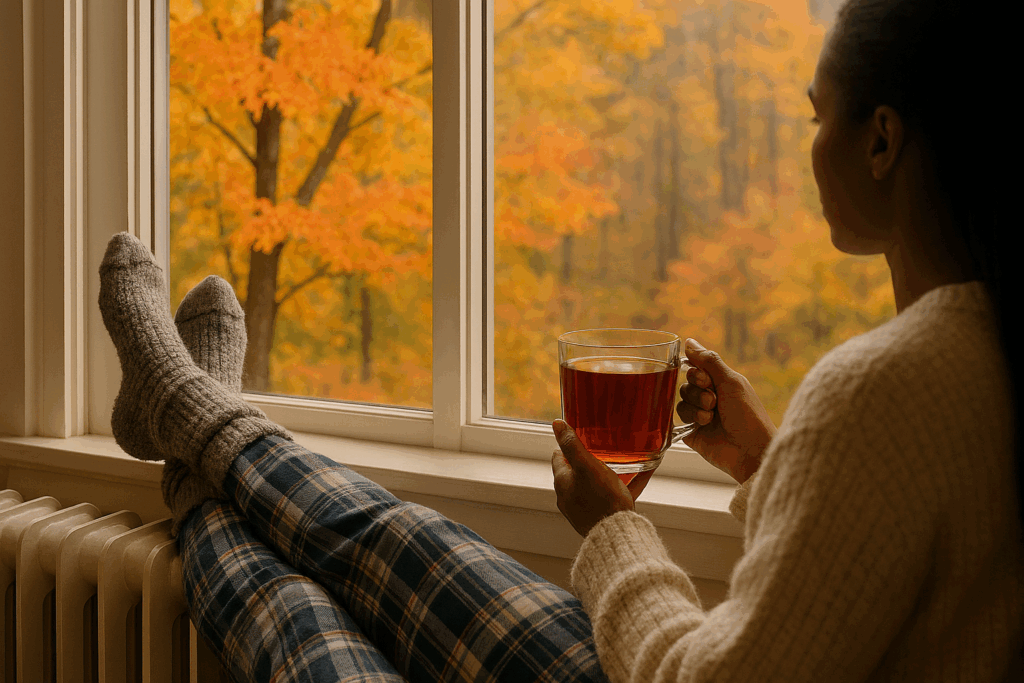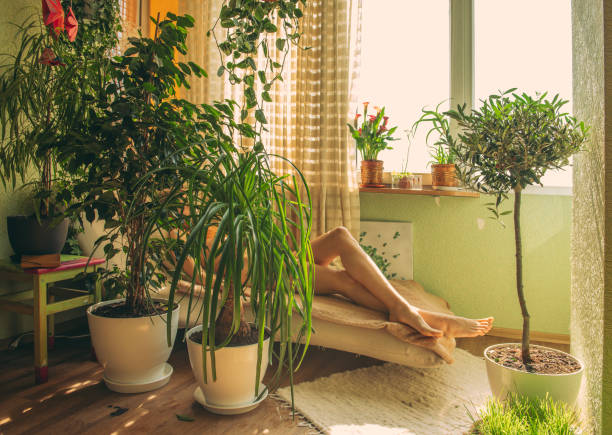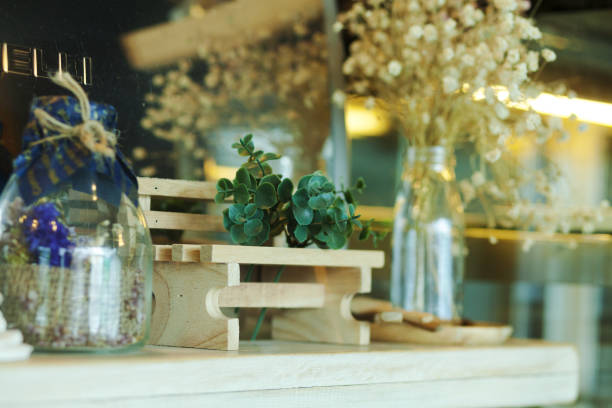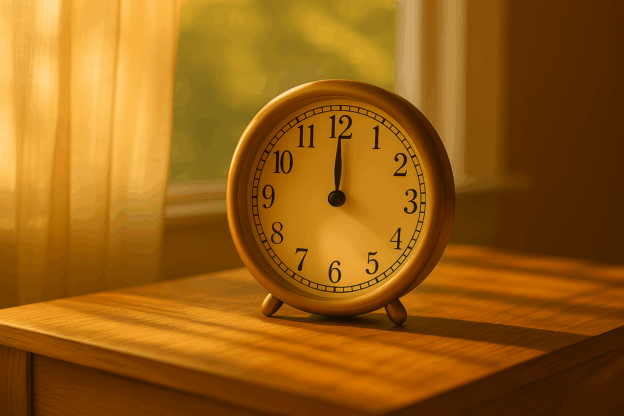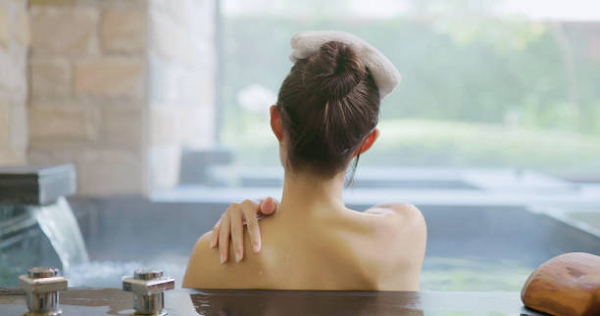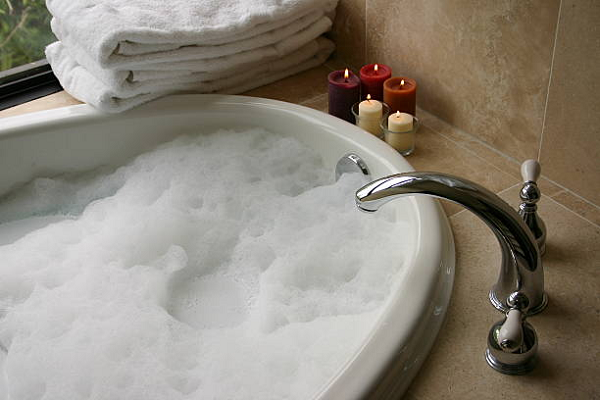There’s a moment, usually while looking for something else, when you spot an object and think, “Wait… why is this still here?” It’s not useful. It’s not sentimental. It’s not even nice. But somehow, it’s survived every clean-out, every move, every “I’m finally getting organized” weekend.
We all have these things. The candle that smells like synthetic melon and regret. The tote bag from a conference you didn’t attend. A stack of mail that’s now more historical artifact than actionable item. That one throw pillow that’s always in the way but never gets used. A decorative bowl that’s never held anything. A Bluetooth speaker that only works when tilted at a 45-degree angle. And let’s not forget the charity pile, the one you proudly assembled two weeks ago and still haven’t taken anywhere. You’ve already pulled three things back out of it. One of them was a shirt you haven’t worn since 2019, but now you’re convinced it might be “good for layering.”
The reasons we keep stuff are rarely logical. Sometimes it’s guilt. Sometimes it’s delusion. Sometimes it’s just inertia. We don’t want to make the decision, so we don’t. And the longer something stays, the more invisible it becomes until one day, it’s just part of the landscape.

Some things survive because they’re genuinely useful. Not aspirational, not decorative, just functional. Like the hoodie that’s always clean because it’s always in rotation. Or the pajamas you reach for without thinking. Not because they’re fancy, but because they fit, they last, and they do the job. Pajamas are different. They don’t try to impress. They’re a familiar friend, the thing you trust when you’re done performing for the day. No sales pitch, no effort, just quiet reliability. That’s the kind of loyalty most products never earn. We don’t keep them out of guilt or habit. We keep them because they show up. They’re the opposite of the Mortar and pestle you bought during your “I’m going to cook more” phase. Or the yoga mat that’s never seen a stretch, just served as a landing pad for laundry.
So maybe the goal isn’t minimalism. Maybe it’s just honesty. What’s still in your house because it works, and what’s still here because you haven’t had the energy to say goodbye? That’s the real inventory. Not the stuff you own, but the stuff you use.

This weekend, don’t start with a purge. Start with a question. Walk through your space and ask, “Why is this still in my house?” If the answer makes you laugh, cringe, or stall, that’s a clue. If the answer is “because I love it and I use it constantly,” then congrats. It stays.
Everything else? It’s just visiting. And if it’s in the charity pile, take it away before it gets ideas.


